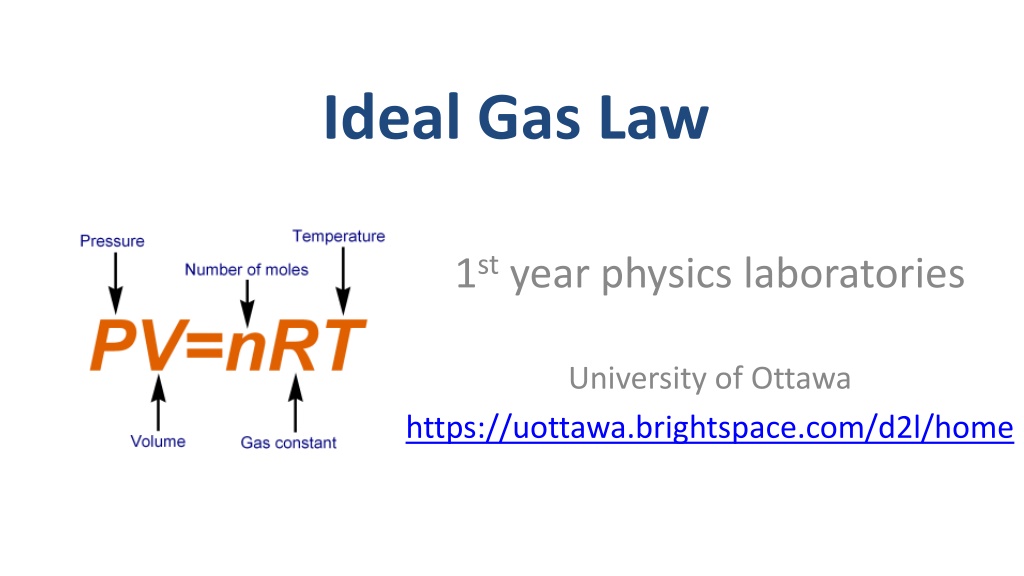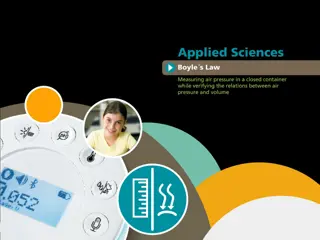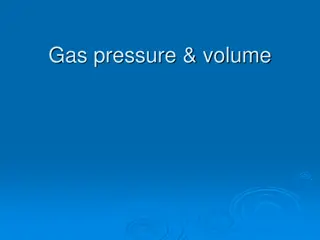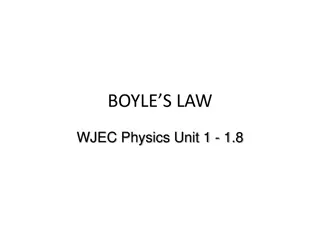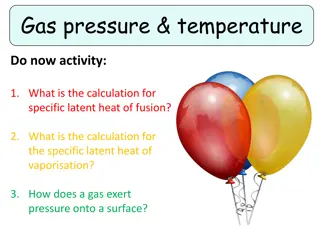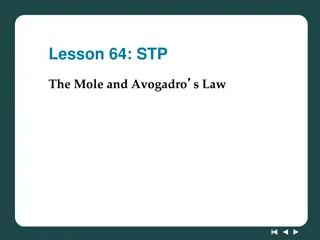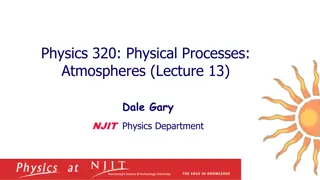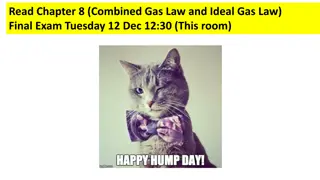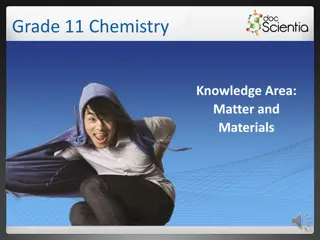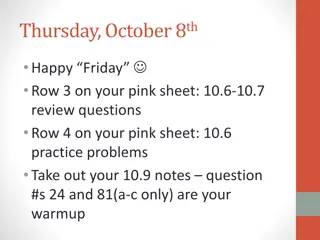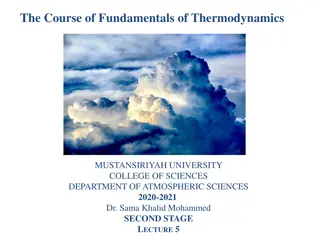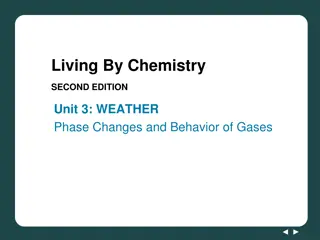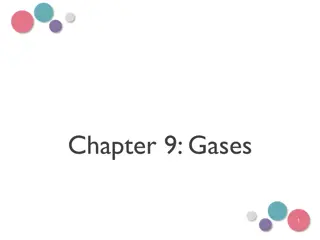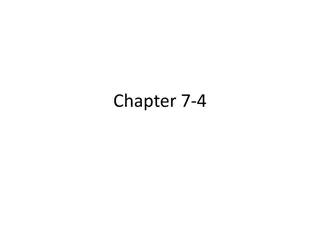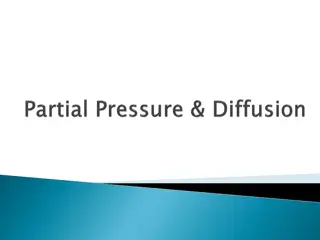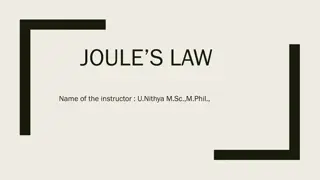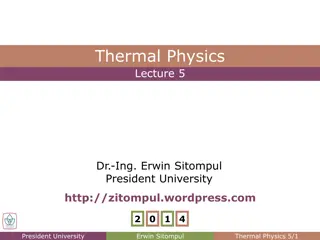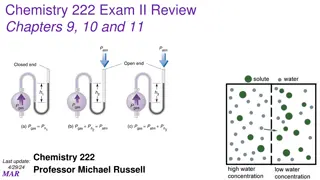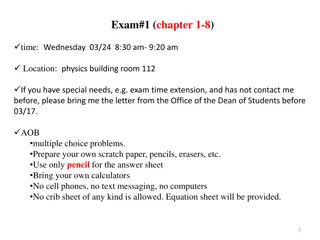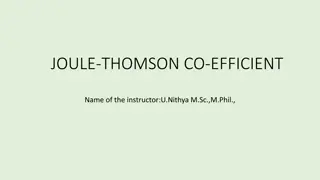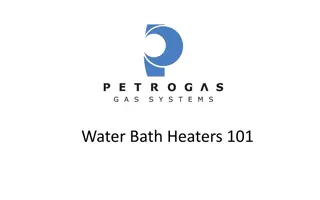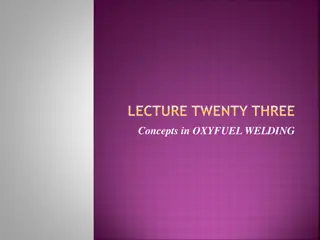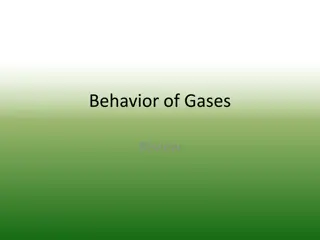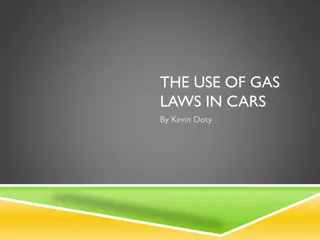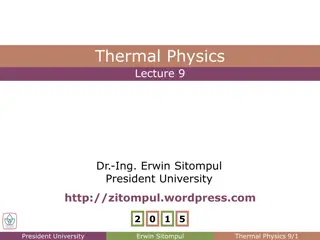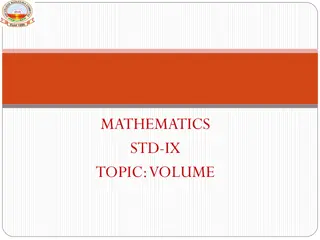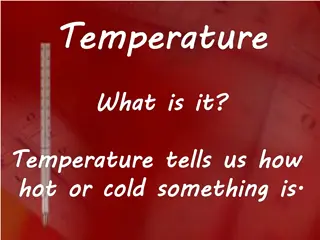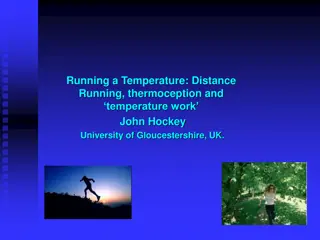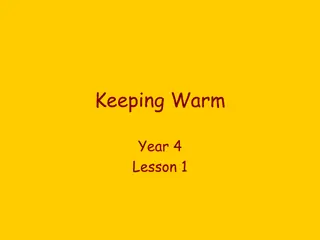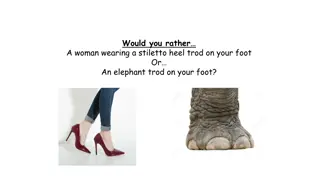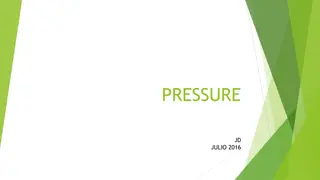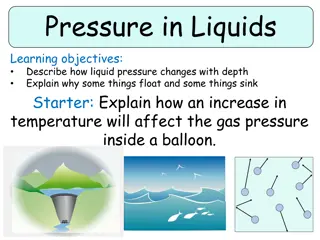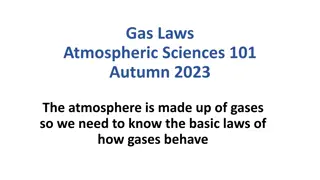Investigating Ideal Gas Law: Pressure, Temperature, and Volume Relationship
Explore the relationship between pressure, temperature, volume, and number of gas molecules in a closed system through an experiment based on the Ideal Gas Law at the University of Ottawa's first-year physics laboratories. The experiment aims to determine if air behaves as an ideal gas and find the absolute zero temperature. Safety precautions include handling near-boiling water. Data collection involves observing pressure vs. volume, pressure vs. number of moles, and pressure vs. temperature relationships.
Download Presentation

Please find below an Image/Link to download the presentation.
The content on the website is provided AS IS for your information and personal use only. It may not be sold, licensed, or shared on other websites without obtaining consent from the author. Download presentation by click this link. If you encounter any issues during the download, it is possible that the publisher has removed the file from their server.
E N D
Presentation Transcript
Ideal Gas Law 1styear physics laboratories University of Ottawa https://uottawa.brightspace.com/d2l/home
INTRODUCTION In this experiment you will investigate the relationship between pressure and several variables (temperature, volume, number of gas molecules) that affect pressure in a closed system. The key equation to be used is Boltzmann s equation of state: ?? = ??? where ? is pressure, ? is volume, ? is number of moles, ? is the universal gas constant, and ? is the temperature You will also find the following information useful: One mole of gas ? = ? ??? occupies the same volume ? = ??.? ? at standard pressure ? = ?.??? ????? and standard temperature ??= ???.?? ? = ? ? .
OBJECTIVES Collect data for a sample of air in a closed system: 1) pressure vs. volume 2) pressure vs. number of moles 3) pressure vs. temperature Determine the relationships between these variables and then formulate a single expression relating these variables. Determine whether air behaves as an ideal gas. Determine the absolute zero temperature.
SAFETY WARNING!! You will be working with near boiling water in this experiment. Please wear protective gloves when handling any high temperature surfaces. Please turn off the hot plate when it is not in use. If the water begins to boil before your collection time is up, turn off the hot plate.
? vs. ? Fill the beaker to the 350 mL mark. Your initial values should be around: ? 22 ?, ? 100 kPa. Reduce the pressure to between 50 and 60 kPa before you start. PHOTOS AND VIDEO ON NEXT TWO SLIDES.
The setup for ? vs. ? Pressure sensor Gloves Hot plate and glass bulb assembly Syringes Temperature Sonde de temp rature probe
Decreasing the initial pressure
? vs. ? (cont.) Set data collection to 600 s. Turn the hot plate to maximum and wait until the temperature has increased by 5 C before pressing collect. Make sure to stop data collection if your water begins to boil before the 600 s is finished. Prepare your graph of pressure vs. temperature.
? vs. ? Attach the 20 mL syringe directly to the pressure sensor. Use Events with Entry mode for data collection and make sure you use a 10 s average. Record the pressure at each step as you change the volume from 10 to 20 mL by steps of 2 mL. Repeat for 20 to 10 mL. Prepare your graph of pressure vs. inverse volume.
? vs. ? This part uses the same setup as part 2 (pressure and volume). NB: 1 puff = 3 mL Disconnect the syringe and position the piston so V = 1 puff. Reconnect the syringe and adjust the volume to 10 mL. Record the pressure. Increase the number of puffs by 1 and repeat the measure- ment until you hit a total of 6 puffs. Remember you are adjusting the pressure to a constant 10 mL each time you re-connect the syringe. Prepare your graph of pressure vs. # puffs.
GRAPHS There are three graphs to create and submit for this lab. Use the Uploading graphs tool at the bottom of the experiment page in Brightspace.
CLEAN UP DUE DATE The report is due at the end of the lab session, i.e., at 12:50pm or 5:20pm. Turn off the computer and don t forget to take your USB key. Make sure the hot plate is turned off and unplugged. Leave the water in the beaker for the next students. Re-connect the pressure sensor to the flask assembly like it was at the beginning of the lab session. Please recycle scrap paper and throw away any garbage. Please leave your station as clean as you can. Push back the monitor, keyboard, and mouse. Please push your chair back under the table. PRE-LAB Don t forget to do your pre-lab for the next experiment! Thank you!
